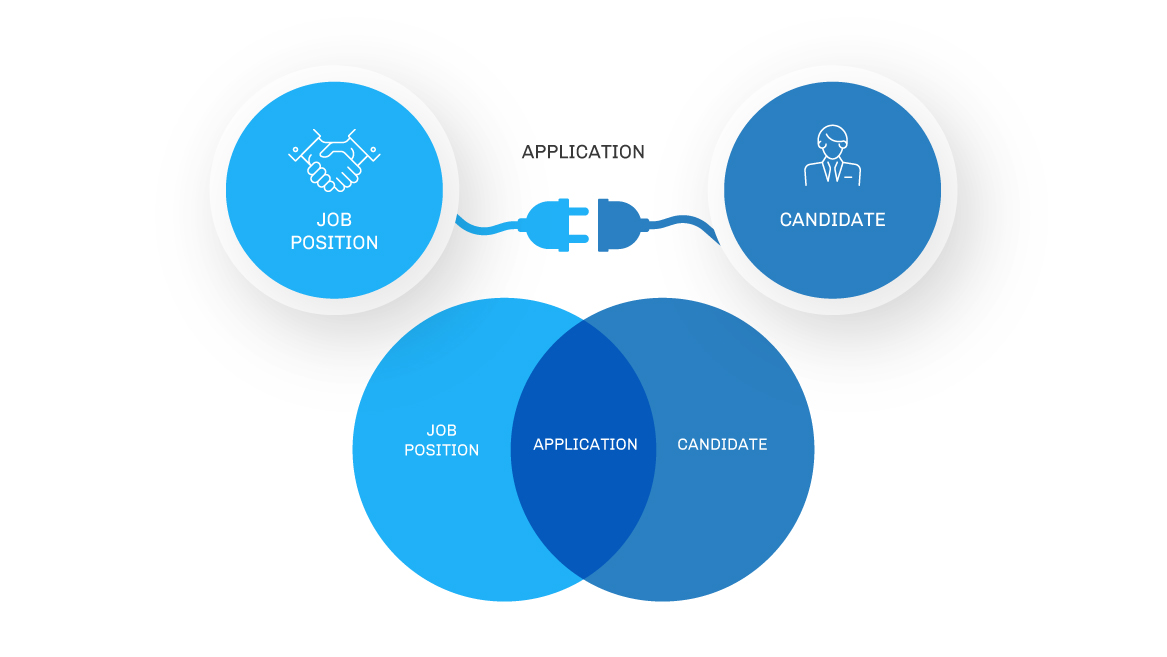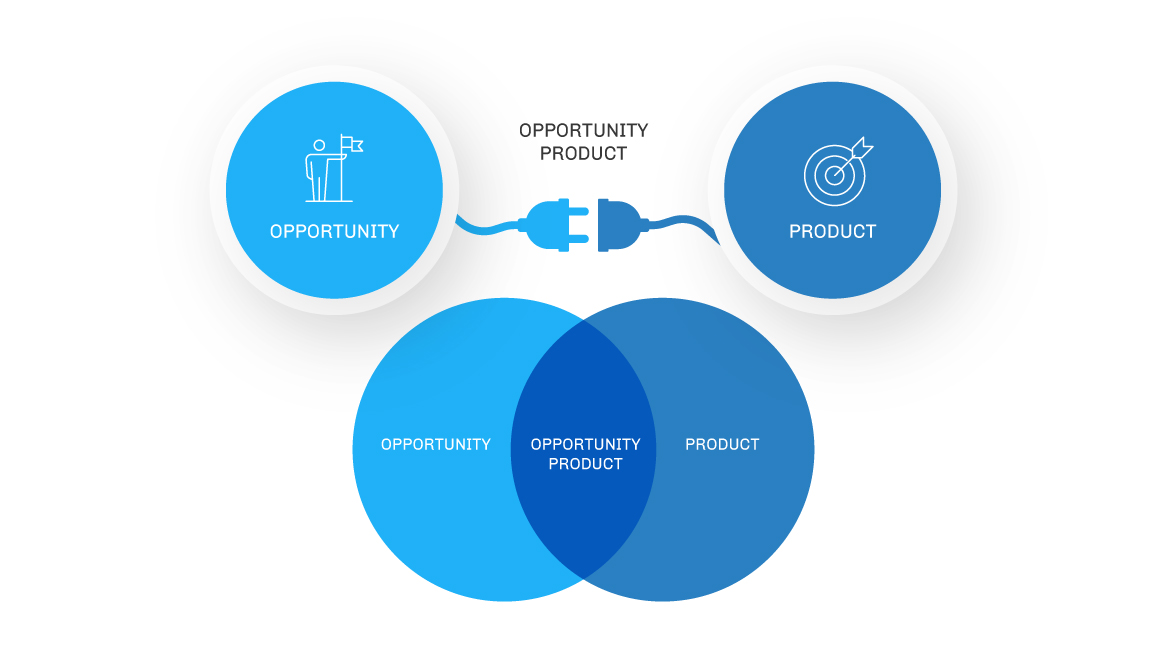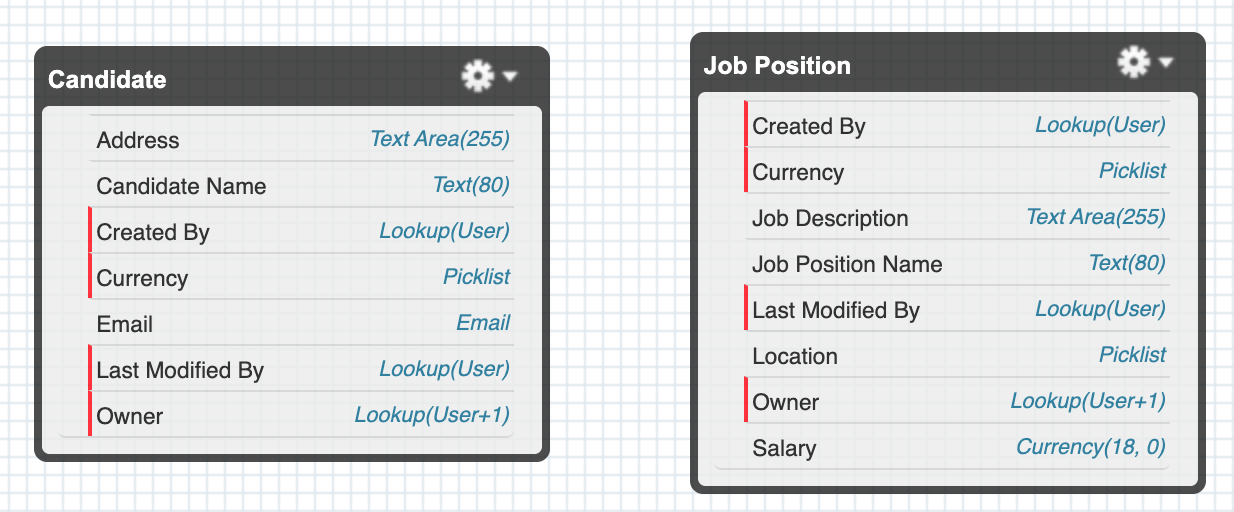Salesforce provides multiple types of relationships in order for you to connect objects together in different ways.
You may be familiar with the two main relationship types: lookup relationships and master-detail relationships. These allow you to create a normal parent-child relationship, which is sometimes referred to as a 1-to-many relationship. This means there is only ever one parent, but multiple child records can be associated. However, what happens when you need to connect “many” parents to “many” child records? Let’s take a look…
Salesforce Junction Object
Salesforce Junction Objects give you a way to create a many-to-many relationship between Salesforce objects. They are created using a custom object to relate two other objects via two master-detail relationships. This is necessary when modeling certain data schemas. Let’s dive into a couple of examples:
Junction Object Examples
Take a recruitment process where you have a job position and candidate object. As it is a requirement for candidates to apply to multiple job positions, a standard parent-child relationship would not work. You need a junction object, called something along the lines of ‘Application’, to allow many candidates to apply to multiple job positions.


There is also an example within standard Salesforce objects with Opportunity Products. If you want to assign Products to a certain Salesforce Opportunity, you will need to use the Opportunity Line items object (a junction object). This is required as, without the Junction Object, you would only ever be able to associate one product to one opportunity.


Creating a Junction Object in Salesforce
Creating a junction object is simple, and once you’ve created your first one, the concept will become second nature. I’m going to use the recruitment process example from above to makes things simple:
1. Firstly, make sure that you have available the two objects you wish to connect with a junction object. I’m going to create two custom objects: Candidate and Job Position. As you can see from the Salesforce Schema Builder, these are currently disconnected. To ensure that many candidates can apply for many jobs, we need our junction object.


2. The next step is to create a new custom object that will serve as our junction object. I’ve created a custom object called “Job Application”, which will enable us to connect the Candidate and Job Position objects.
3. We now need to create our two master-detail relationships on the Job Application object – one will need to connect to our Candidate object, the other to Job Position. You can do this by creating a field (as normal) on your Job Application object, then navigating to the master-detail relationship field type, and selecting our other objects. If we go back to the Schema Builder, we can see our many-to-many junction object is complete!


From the above setup, we are now able to assign many candidates to many job positions. Let’s have a look at how this looks inside of Salesforce…
Salesforce Example
As you can see in the below image, the junction object has enabled more than one individual to apply for this Salesforce Admin position.


It also allows the individual to apply for multiple job positions within the company…


Summary
That’s all there is to it! Junction objects are a core element in understanding how the Salesforce data model works. It’s vitally important to understand, not only for your Salesforce Admin Certification, but also to build scalable solutions in the future. Happy solutionizing!
Comments: